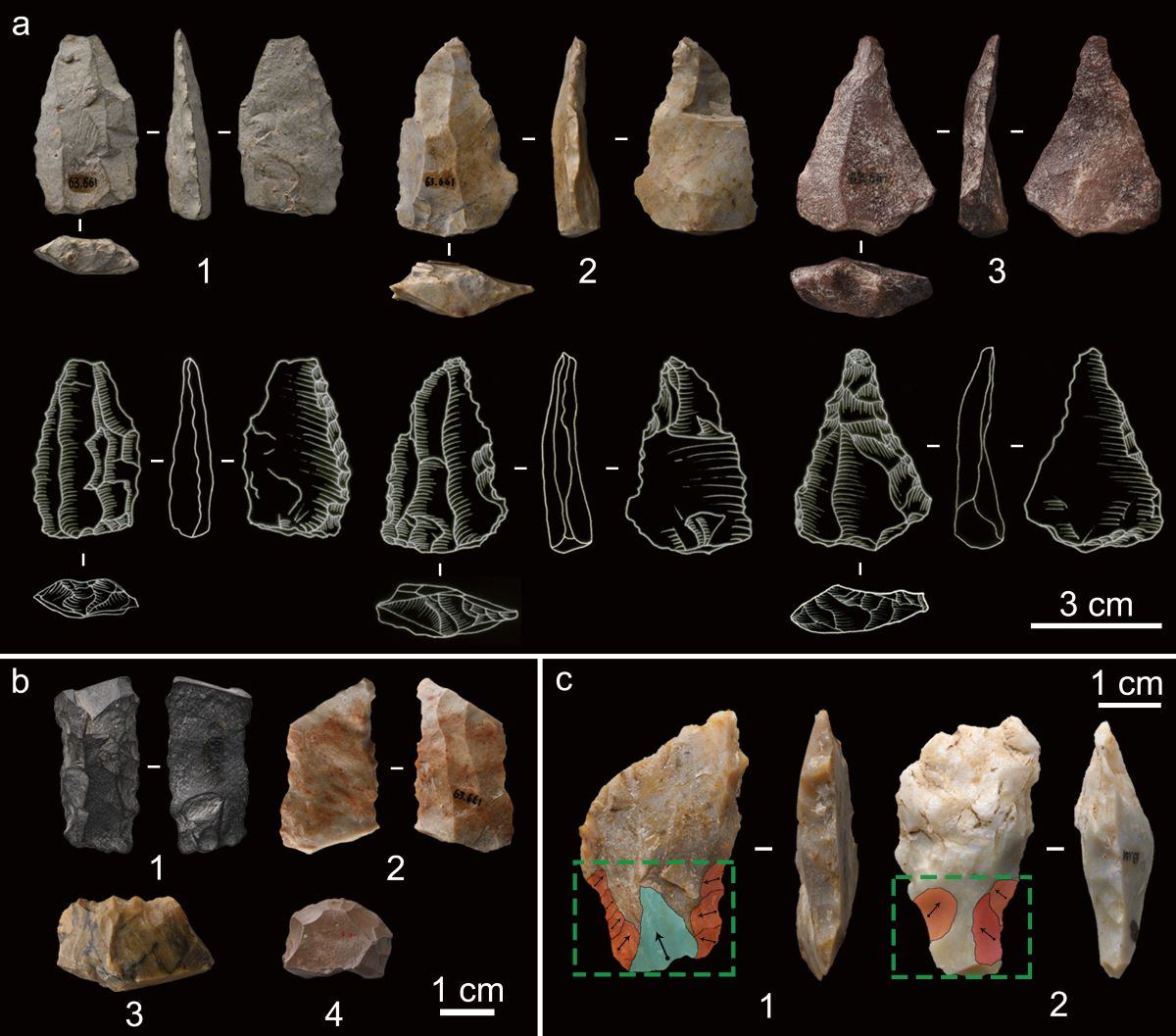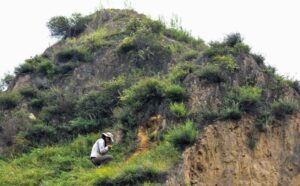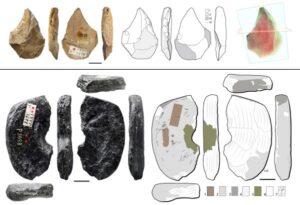

In a thought-provoking discovery, an international team of researchers has unearthed evidence shedding light on the ancient migration of Homo sapiens into eastern Asia around 45,000 years ago.
The findings, detailed in a study published in Nature Ecology & Evolution, uncover a treasure trove of cultural and technological innovations in the Shiyu site in northern China, marking a significant moment in human history.
Led by a team of scientists, including Director of Griffith University’s Australian Research Centre for Human Evolution Professor Michael Petraglia, the study reveals a fascinating narrative of early human migration and adaptation.
The Shiyu site provides a glimpse into the unique convergence of cultural behaviours and technological advancements of our ancient ancestors, challenging conventional beliefs about the dispersal of Homo sapiens populations.
Key revelations from the research include:
- Early human presence in Eastern Asia: Shiyu stands as the oldest and easternmost site of its kind, showcasing Homo sapiens’ presence in eastern Asia around 45,000 years ago as demonstrated by radiocarbon and luminescence dating led by Professor Jia-Fu Zhang of Peking University. This discovery reshapes our understanding of the timing and routes of human migration in the region.
- Sophisticated technological innovations: Shiyu exhibits a remarkable array of technological advancements, including stone tools crafted using Levallois and Volumetric Blade Reduction methods. Additionally, the long-distance transport of obsidian from sources hundreds of kilometers away indicates advanced resource procurement strategies.
- Cultural fusion and adaptation: Shiyu showcases a cultural blend characterised by a mix of Upper Palaeolithic innovations such as blade reduction and symbolic tools, Middle Palaeolithic traits such as Levallois reduction, and traditional elements of Chinese core-flake industries. The discovery of unique artifacts, such as a shaped graphite disc and bone tools, illustrates a rich cultural adaptation.
Professor Petraglia said the implications of the discovery presented a different view of human migration and cultural evolution compared with previous studies of the Shiyu location.
“The Shiyu findings challenge previous notions of early human migration and cultural development in Eastern Asia,” he said.

Senior author Dr Shi-Xia Yang of the Chinese Academy of Sciences said: “The amalgamation of diverse cultural traits signifies a complex and innovative adaptation by our ancestors during their expansion.”
This significant discovery at Shiyu supports a more intricate narrative of human evolution, portraying a cultural amalgamation linked to the arrival of modern populations.
Professor Francesco D’Errico of the University of Bordeaux added: “The site reflects a process of cultural creolisation – the contact between societies and relocated peoples – blending inherited traits with novel innovations, thus complicating the traditional understanding of Homo sapiens’ global expansion.”
The research team anticipates this discovery will prompt further exploration and analysis in the field of early human migration and cultural evolution.
“Understanding the complexities of our ancient past can offer invaluable insights into the diverse pathways taken by our ancestors and the richness of human adaptation,” Professor Petraglia said.

“This discovery at Shiyu unveils a captivating story of early human migration and cultural fusion, expanding our knowledge of our ancient origins and the remarkable adaptability of Homo sapiens.”
The study ‘Initial Upper Palaeolithic material culture by 45,000 years ago at Shiyu in northern China’ has been published in Nature Ecology and Evolution.
This study was conducted by an interdisciplinary archaeological group from the Chinese Academy of Sciences (China), Griffith University’s Australian Research Centre for Human Evolution, Peking University, University of Bordeaux (France), University of Bergen (Norway), University of Oxford, and scientific partners in Japan, Germany and Spain.








